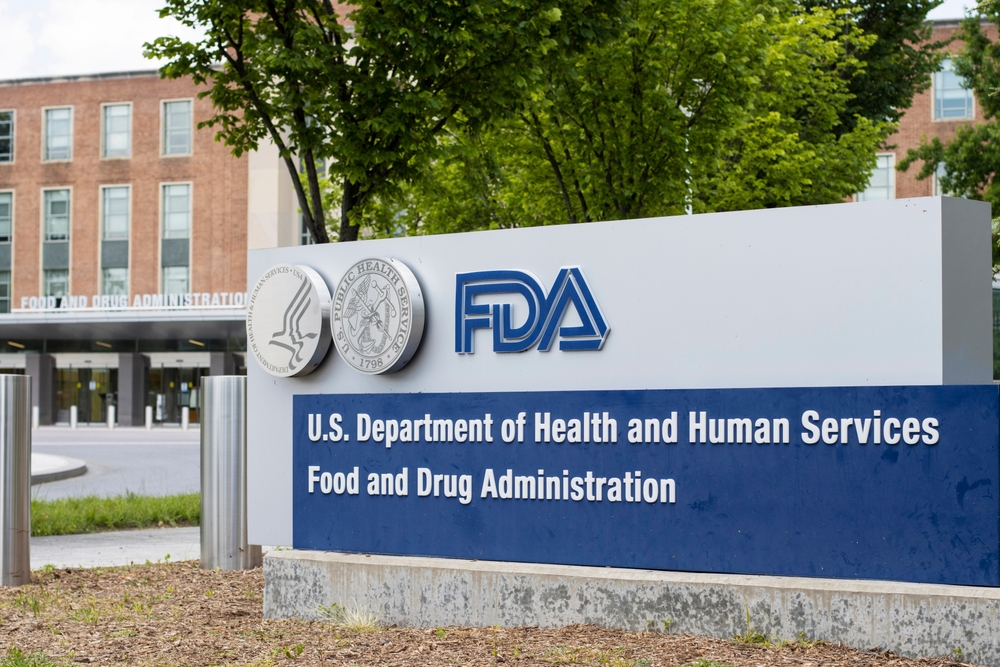New FDA Recommendation for Women with Dense Breast Tissue

The U.S. Food and Drug Administration updated their mammography standards in early March to require imaging providers to inform women that they have dense breasts and advise them to consult their physician about the potential risks breast density poses.
The FDA observed a “steep decrease in the number of facilities that do not meet quality standards.” Hilary Marston, M.D., M.P.H., FDA’s Chief Medical Officer, explains, “Since 1992, the FDA has worked to ensure patients have access to quality mammography . . . We remain committed to advancing efforts to improve the health of women and strengthen the fight against breast cancer.”
This ruling amends regulations included in the Mammography Quality Standards Act (MQSA) of 1992.
The FDA cites the reasons for this update. Almost half of women over 40 have dense breast tissue — 1) making it more difficult to detect on a mammogram, and 2) dense breast tissue is a risk factor for developing breast cancer. The amendment contains specific recommendations for patients:
- Talk to their healthcare provider about breast density and what it means in breast imaging.
- Talk about the significance of dense breast tissue and how this impacts their breast cancer risk.
- Evaluate their individual situation and develop a breast cancer screening plan that is appropriate for them.
The Centers for Disease Control and Prevention estimate that roughly one out of every eight women will develop breast cancer in their lifetime — approximately 264,000 women will be diagnosed annually, and about 42,000 women will die annually, impacting thousands of families.
Mammography remains the best tool for detecting breast cancer. Early detection offers the best opportunity for survival; however, women with dense breast cancer face the risk of early breast cancer not being detected through mammography. The FDA commented, “This is intended to help ensure important information that could affect decisions about patient care, such as the potential need for further evaluation or a repeat mammogram, is communicated as completely as possible.”
Updating the 1992 regulations brings the MQSA into the 21st century “to improve breast cancer detection and helping empower patients with more information.”
These updates must be implemented within 18 months.